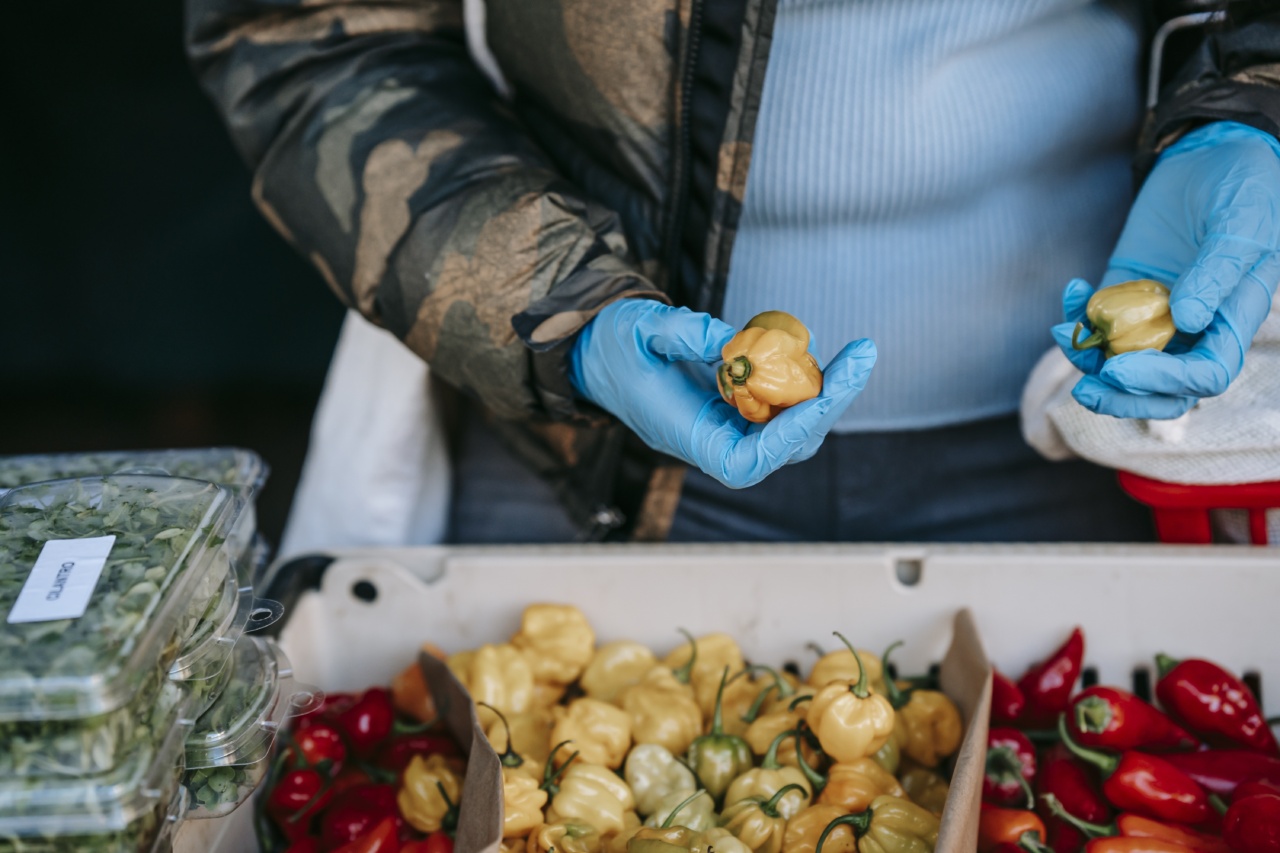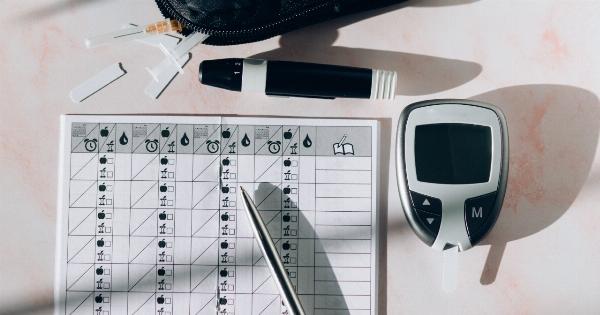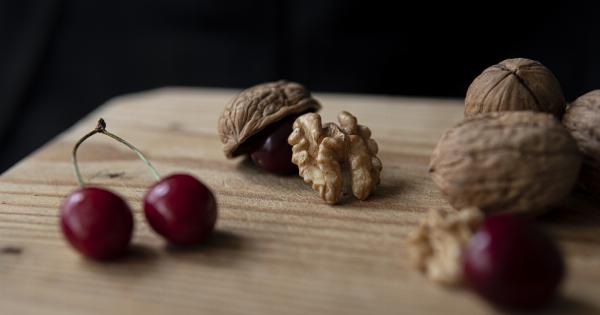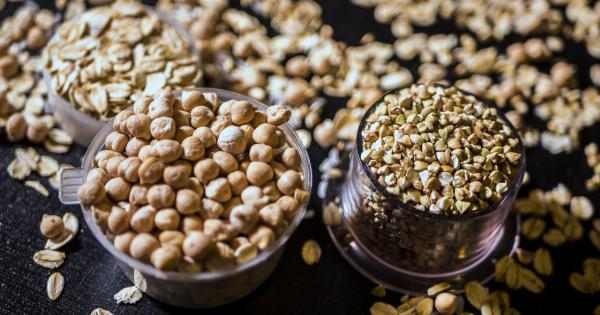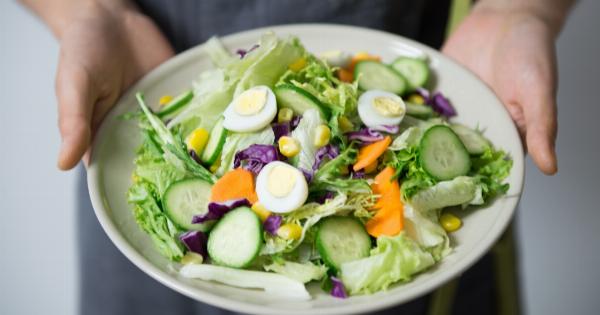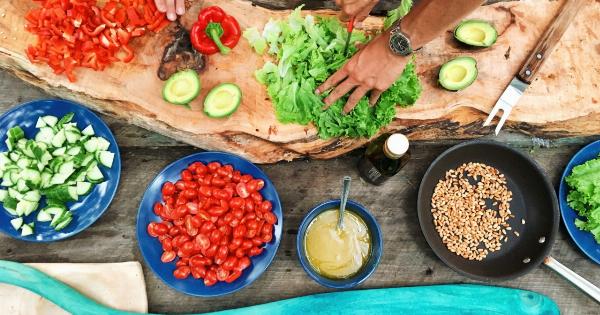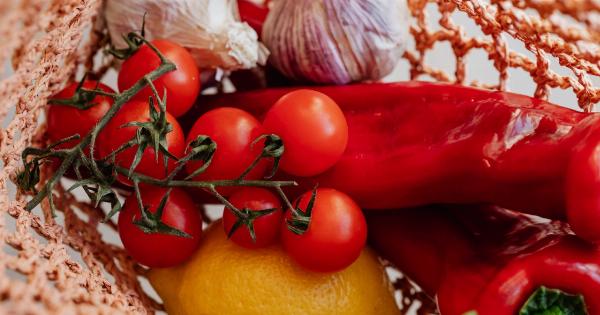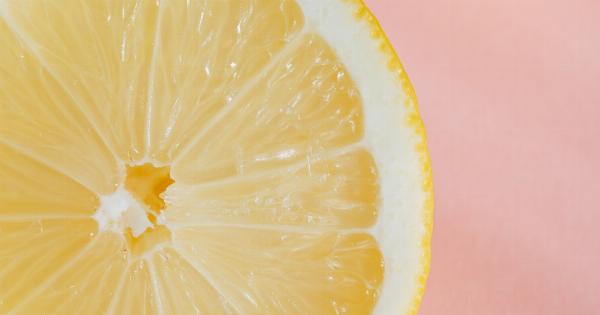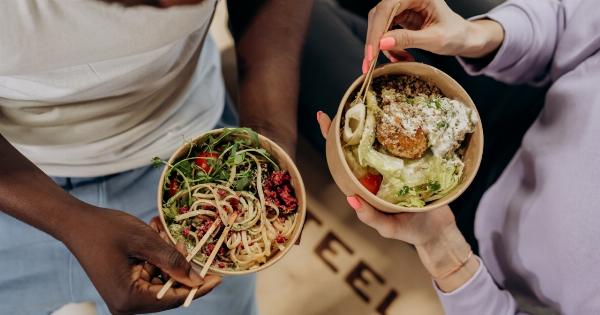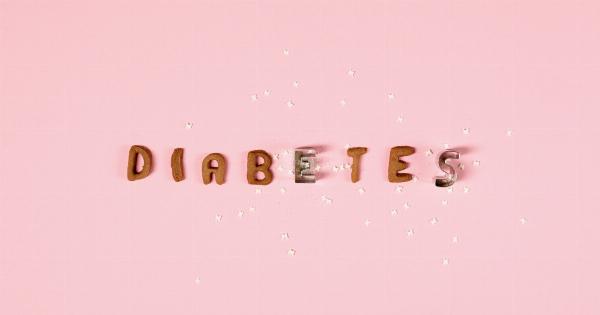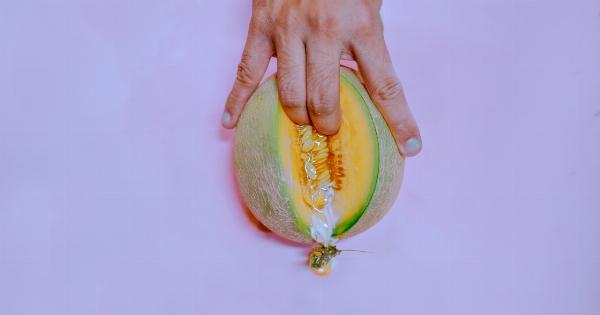Stroke is a medical emergency that occurs when blood flow to the brain is disrupted. This can happen when a blood vessel in the brain is blocked or bursts. Strokes can cause significant disability and have a high mortality rate.
However, there are steps you can take to reduce your risk of having a stroke. One of these steps is altering your food choices. In this article, we’ll explore the link between diet and stroke, and provide tips for food choices that can lower your risk of stroke.
The Link Between Diet and Stroke
Researchers have long recognized that diet can play a role in the development of stroke.
The Nurses’ Health Study, which is one of the largest and longest-running studies of women’s health, found that women who ate a diet high in fruits, vegetables, whole grains, and lean proteins had a lower risk of ischemic stroke (the most common type of stroke) compared to women who ate a diet high in red meat, processed foods, and refined carbohydrates (1).
The American Heart Association (AHA) also recognizes the link between diet and stroke. The AHA recommends a diet that emphasizes fruits, vegetables, whole grains, low-fat dairy products, poultry, fish, and nuts.
This diet also limits intake of red meat, sugary foods and beverages, and sodium (2).
Specific Foods and Nutrients That Lower Stroke Risk
While there is no one-size-fits-all diet that can prevent stroke, there are certain foods and nutrients that have been shown to lower stroke risk. Here are some of the top choices:.
1. Fruits and Vegetables
Fruits and vegetables are rich in vitamins, minerals, and fiber. They also contain antioxidants, which help to protect against cellular damage that can contribute to stroke.
A diet high in fruits and vegetables has been linked to a lower risk of stroke in numerous studies (3).
One particular vegetable that stands out for its stroke-preventing powers is the sweet potato. Sweet potatoes are packed with potassium, which can help to lower blood pressure – a major risk factor for stroke.
One study found that men who ate more sweet potatoes had a lower risk of stroke (4).
2. Whole Grains
Whole grains are another excellent food choice for stroke prevention. Compared to refined grains (such as white bread and pasta), whole grains are higher in fiber, vitamins, and minerals.
They have also been shown to lower blood pressure and reduce inflammation – two major contributors to stroke risk (5).
Some of the best whole grain choices include brown rice, quinoa, oatmeal, and whole grain breads and crackers.
3. Lean Protein
Protein is an important nutrient for maintaining muscle mass and supporting overall health. However, not all protein is created equal when it comes to stroke prevention.
Eating too much red meat has been linked to a higher risk of stroke, while consuming more plant-based protein (such as beans, lentils, and tofu) has been linked to a lower risk (6).
When choosing animal-based protein sources, opt for lean options such as skinless chicken or turkey breast, fish, and low-fat dairy products.
4. Nuts and Seeds
Nuts and seeds are a great source of heart-healthy fats, fiber, and protein. They have also been shown to lower blood pressure and reduce inflammation (7).
Almonds, walnuts, pistachios, sunflower seeds, and pumpkin seeds are all excellent options for stroke prevention. Just be mindful of portion sizes, as nuts and seeds are also high in calories.
5. Fatty Fish
Fatty fish such as salmon, mackerel, and tuna are rich in omega-3 fatty acids, which have anti-inflammatory properties and can help to lower blood pressure.
Eating fatty fish at least twice a week has been linked to a reduced risk of ischemic stroke (8).
If you don’t eat fish, you can also get omega-3s from other sources such as flaxseeds, chia seeds, and walnuts.
Foods to Avoid or Limit
While some foods can help to lower your risk of stroke, others have the opposite effect. Here are some of the top foods to avoid or limit:.
1. Red Meat
Eating too much red meat has been linked to a higher risk of stroke. This may be due to the fact that red meat is high in saturated fat, which can raise cholesterol levels and contribute to other risk factors for stroke (9).
2. Processed Foods
Processed foods such as fast food, frozen meals, and snack foods are often high in sodium, unhealthy fats, and added sugars. These can all contribute to the development of stroke risk factors such as high blood pressure and obesity (10).
3. Sugary Drinks
Sugary drinks such as soda, sports drinks, and fruit juice can contribute to weight gain and higher blood sugar levels – both of which are risk factors for stroke.
If you want a sweet drink, stick to water, unsweetened tea, or a small amount of 100% fruit juice (11).
Conclusion
Stroke is a serious medical condition, but you can take steps to reduce your risk.
By making simple changes to your diet, such as eating more fruits and vegetables, choosing whole grains, and avoiding processed foods and sugary drinks, you can lower your risk of stroke and improve your overall health.
